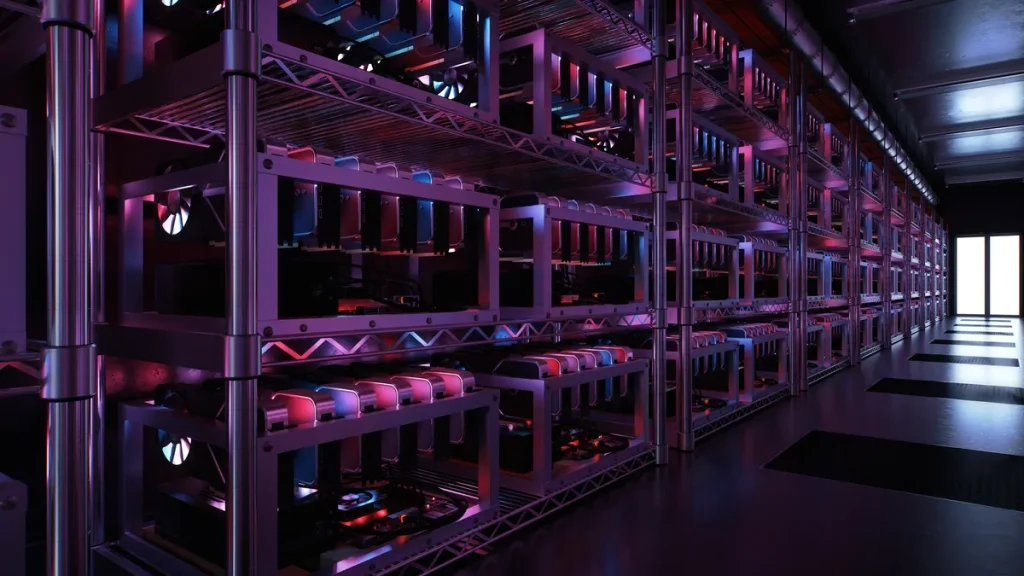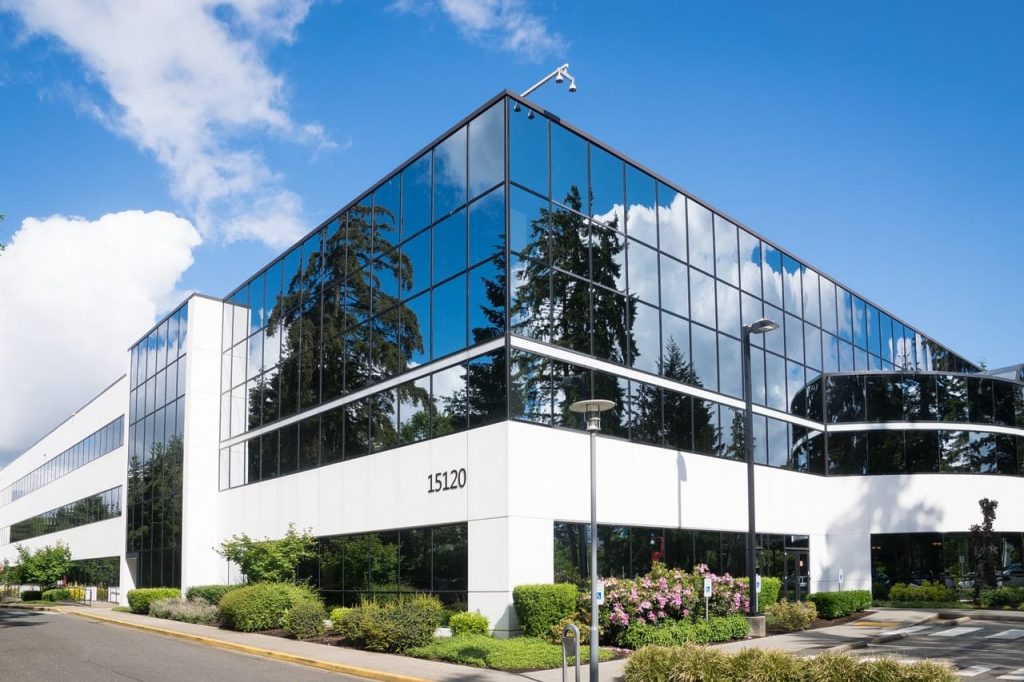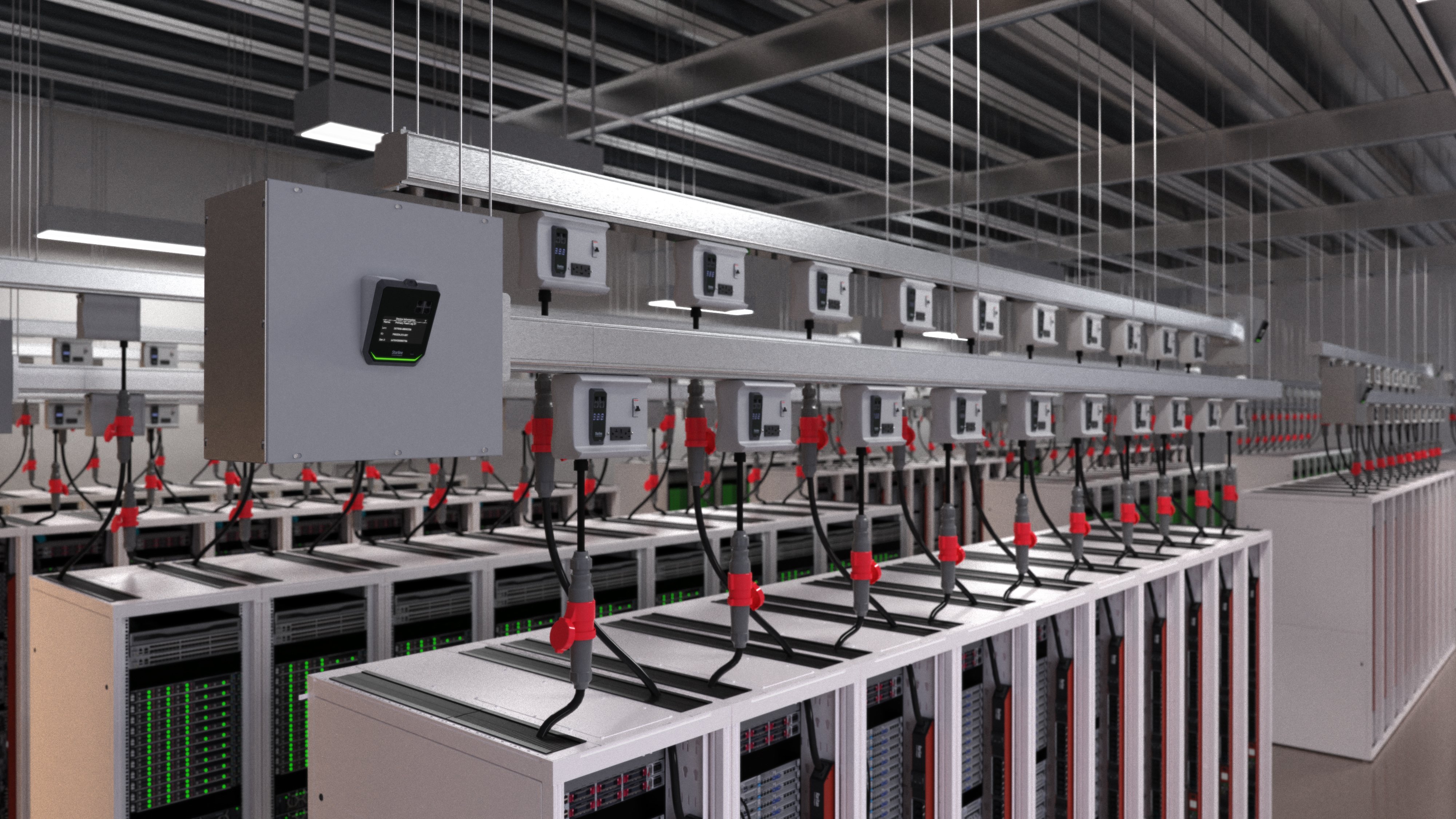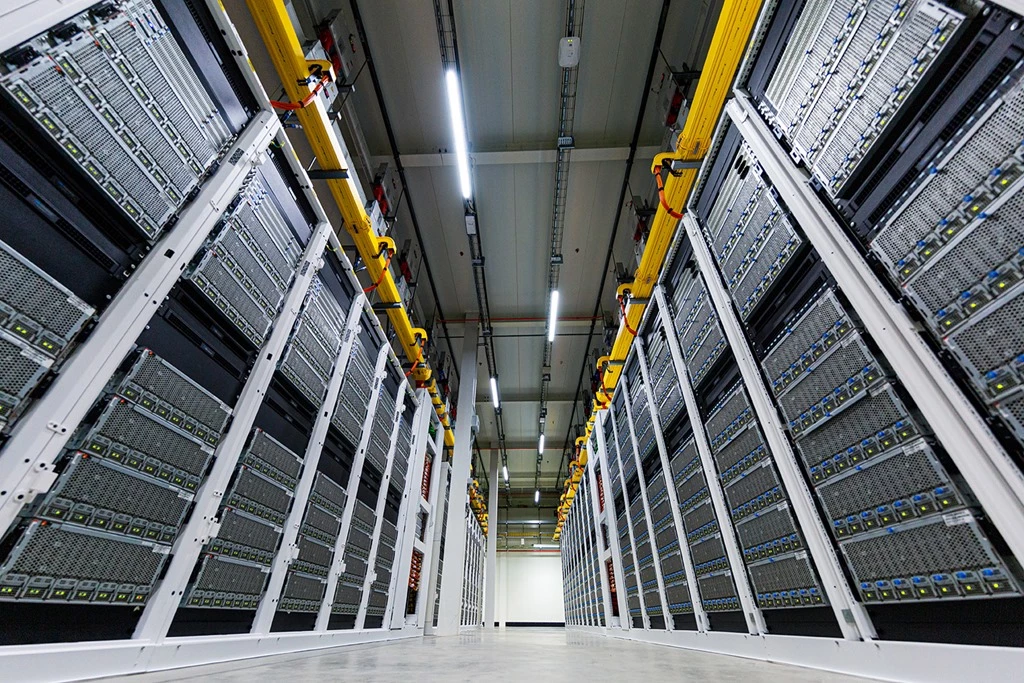In today’s digital-first world, cloud computing has become a cornerstone of modern IT infrastructure. According to Gartner, in 2024, global end-user spending on public cloud services is expected to reach $679 billion, with projections surpassing $1 trillion by 2027.
While cloud solutions offer immense scalability and cost-efficiency, many businesses still rely on on-premise data centers for critical operations. This has led to the rise of hybrid data center models, combining the best of both worlds.
Integrating cloud computing in data centers is not just about leveraging technology—it’s about creating a dynamic, future-proof infrastructure.
In this blog, we’ll explore the advantages of hybrid cloud models, strategies for integrating cloud with on-premise systems, and the cost and scalability benefits of cloud-based workloads. By the end, you’ll understand why cloud solutions for data centers are key to achieving operational efficiency and business continuity.
Benefits of Hybrid Data Center Models
What Are Hybrid Data Center Models?
A hybrid data center model combines on-premise infrastructure with cloud computing resources, allowing businesses to create flexible and scalable environments.
This approach provides the control and security of traditional systems while offering the agility and cost-efficiency of cloud services.
Advantages of Hybrid Cloud Models
- Flexibility and Agility: Businesses can scale workloads between on-premise and cloud environments based on demand, ensuring resources are allocated efficiently.
- Cost Benefits of Cloud Computing: Hybrid models enable organizations to pay for cloud resources only when needed, reducing unnecessary infrastructure costs.
- Business Continuity: By integrating cloud solutions, businesses can store backups and ensure disaster recovery, improving overall resilience.
- Security and Compliance: Critical data can remain on-premise to meet regulatory requirements, while less sensitive workloads can migrate to the cloud.
Hybrid models are the perfect middle ground for businesses seeking the advantages of both on-premise and cloud systems.
For insights into improving your infrastructure management, read our blog on DCIM Tools and Their Benefits.
Hybrid Cloud Integration: The Ultimate Guide for Businesses | Reboot Monkey
Integrating Cloud with On-Premise Systems
The Challenges of Integration
While the concept of data center cloud integration is straightforward, executing it effectively requires overcoming certain challenges:
- Compatibility between legacy systems and cloud platforms.
- Ensuring data security during migration.
- Maintaining consistent performance across environments.
Best Practices for Cloud Integration
- Assess Workload Requirements: Identify which workloads are best suited for the cloud and which should remain on-premises.
- Choose the Right Hybrid Cloud Solutions: Platforms like AWS Outposts, Azure Arc, and Google Anthos offer tools specifically designed for hybrid cloud infrastructure.
- Leverage DCIM Tools: DCIM tools simplify the management of hybrid environments by providing real-time insights into resource usage, helping optimize performance, and reducing costs.
- Adopt Unified Management Platforms: Use solutions that allow centralized monitoring and control across both on-premise and cloud systems.
- Ensure Robust Security Measures: Encrypt data during transit and implement multi-factor authentication to safeguard sensitive information.
Integration is not just a technical task; it’s a strategic decision that supports long-term business goals.
Cost and Scalability Advantages of Cloud-Based Workloads
The Cost Benefits of Cloud Computing
One of the primary reasons businesses adopt cloud computing is its cost-effectiveness. Traditional on-premise systems require significant upfront investments in hardware, maintenance, and energy. Cloud-based workloads, on the other hand, offer:
- Pay-as-You-Go Models: Businesses only pay for the resources they use, eliminating waste.
- Reduced Capital Expenses: With no need to invest in physical servers, companies can allocate funds elsewhere.
- Energy Savings: Cloud providers optimize energy use, lowering the environmental footprint of your operations.
Scalability with Cloud Workloads
Cloud platforms provide unmatched scalability. Whether it’s handling seasonal traffic spikes or accommodating long-term growth, cloud systems ensure your infrastructure grows with your business.
Scalability Features:
- Elastic Scaling: Automatically adjust resources based on real-time demand.
- Global Reach: Deploy workloads closer to end-users by utilizing data centers worldwide.
- Hybrid Cloud Infrastructure: Scale across both on-premise and cloud environments seamlessly.
Scalability is not just about growth—it’s about being prepared for the unexpected while maintaining operational efficiency.
For more on sustainability and efficiency, check out Data Center Design for Efficiency and Sustainability.
How Hybrid Cloud Models Enhance Business Continuity
Resilience Through Redundancy
Hybrid cloud systems play a vital role in improving business continuity. By leveraging the cloud for backup and disaster recovery, businesses can ensure critical operations remain uninterrupted, even during unforeseen events.
Key Benefits:
- Redundant Storage: Keep backups in the cloud to recover quickly after disruptions.
- Geographic Diversity: Distribute workloads across multiple locations to mitigate the impact of regional outages.
- Disaster Recovery-as-a-Service (DRaaS): Many cloud providers offer integrated disaster recovery solutions for seamless failover.
Integrating Cloud Solutions into Your Data Center Strategy
Why Cloud Strategy Matters
A well-defined cloud strategy for data centers ensures businesses achieve the full potential of hybrid models. It aligns IT operations with organizational goals, improving efficiency, cost-effectiveness, and scalability.
Steps to Build an Effective Cloud Strategy
- Define Objectives: Identify what you aim to achieve with cloud integration, such as cost savings or improved scalability.
- Audit Existing Infrastructure: Understand your current setup to determine what can be moved to the cloud.
- Select the Right Providers: Evaluate cloud platforms based on your specific requirements.
- Train Your Team: Ensure IT staff are equipped to manage hybrid environments effectively.
- Monitor and Optimize: Use tools like DCIM to continuously evaluate performance and make necessary adjustments.
For more on the importance of planning, visit The Importance of Data Center Design & Planning for Business Continuity.
Contact Reboot Monkey today to explore how we can optimise your hybrid cloud infrastructure and align it with your business goals.
Key Considerations for Hybrid Cloud Infrastructure
Performance Optimization
- Monitor workloads across environments to avoid bottlenecks.
- Use predictive analytics to plan capacity expansions.
Data Security
- Keep critical data on-premise while using the cloud for less sensitive workloads.
- Regularly update security protocols to counter emerging threats.
Compliance
- Ensure hybrid systems meet regulatory requirements, especially in industries like healthcare and finance.
Future Trends in Data Center Cloud Integration
As technology evolves, the integration of cloud solutions for data centers will continue to expand. Key trends include:
- Edge Computing: Bringing computational power closer to end-users for reduced latency.
- AI and Automation: Automating workload distribution across hybrid environments.
- Green Cloud Solutions: Emphasizing energy efficiency and sustainability.
These advancements highlight the importance of adapting to emerging technologies to stay competitive.
Conclusion
Integrating cloud computing in data centers is no longer optional for businesses looking to thrive in a competitive market. By adopting hybrid data center models, organizations can enjoy the cost benefits of cloud computing, the scalability of cloud workloads, and improved business continuity.
The key lies in understanding how to effectively integrate cloud with on-premise systems while leveraging tools like DCIM for management and optimization. With the right cloud strategy for data centers, businesses can ensure resilience, efficiency, and growth.
Partner with Reboot Monkey
Ready to optimise your data center strategy? Reboot Monkey offers expert solutions in Data Center solutions, including Design & Planning to ensure your infrastructure is efficient, scalable, and future-ready.
Contact us today to learn how we can help drive your business forward with innovative, tailored data center solutions.









